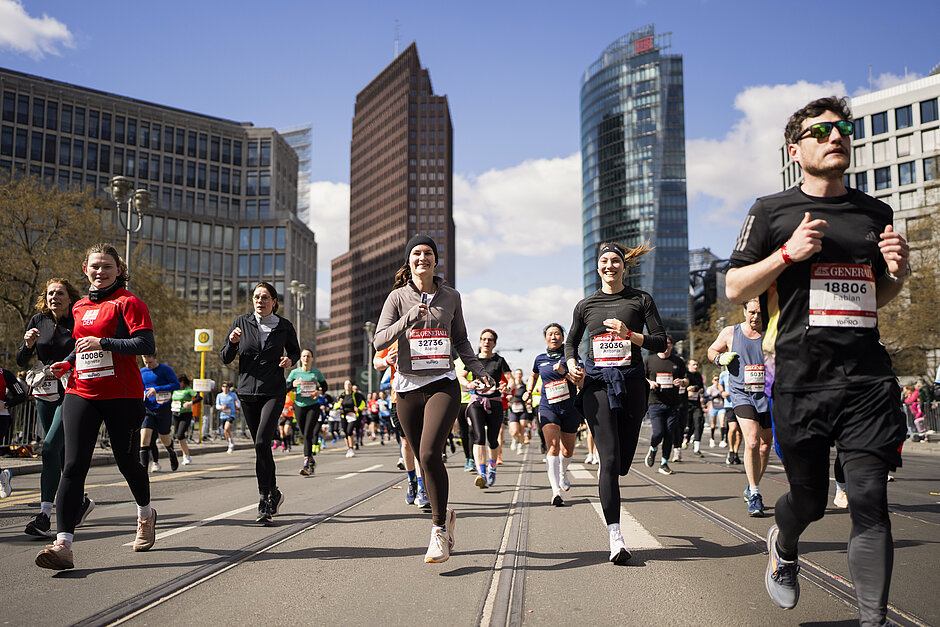
Registration for the GENERALI BERLIN HALF MARATHON
The GENERALI BERLIN HALF MARATHON at the end of March is the season opener for the endurance sports community. The race is like a sporting sightseeing tour through the German capital. At the same time, the flat course offers great opportunities for best times in all competitions. Registration for this internationally popular race is possible for runners, handbikers, wheelchair competitors and inline skater.
General Information
Race entries for runners will be allocated by lottery. Registration for the draw is possible from April 10 to May 22, 2025. The results of the draw will be announced by email from June 2, 2025.
Inline skaters can register from April 10, 2025 to March 16, 2026, as long as the participation limit has not been reached before.
For wheelchair athletes and handbikers registration is possible from April 10, 2025 until March 5, 2026.
A personal user account is required for registration.
Registration for the GENERALI BERLIN HALF MARATHON is only possible online via a personal user account.
As only persons of legal age are authorized to create a user account, minors must be registered via the user account of a parent or guardian. At the beginning of the registration process for the event, you decide whether you want to register yourself or a minor.
It is not possible to register other adult persons via your own user account. Group registrations are also not possible.
Don't have a user account yet? Here we have a step-by-step guide for you.
Date:
Sunday, March 29th, 2026
Location:
The start is located on Straße des 17. Juni, between the Brandenburg Gate and the Victory Column.
Starting times:
- 09:15 am: Inline skaters
- 09:55 am: Wheelchair competitors and Handbikers
- from 10:05 am: Runners (in several waves)
Note:
- Schedule and course are subject to change.
- The race will take place regardless of the weather, unless a weather warning form the German Weather Service exists.
Start card
- is your personal ticket to the HALF MARATHON EXPO and thereby to your race material
- will be sent to you automatically by email mid-March 2026 and is then also available as a download in your user account
Race material
- must be picked-up in person
- can only be received on presentation of your start card and photo document (ID card, driver's license, passport)
- will only be issued at the HALF MARATHON EXPO
Timekeeping is done for all disciplines and is already included in the participation fee. Only the MIKA TAG will be used - a transponder that is attached directly to the back of the start number. As this is a “disposable transponder”, there is no need to return it.
The medical team from the organzier as well as additional paramedics are responsible for the medical care during the event. The assigned staff is authorized and obligated to remove participants from the race who are hurt or overexerting.
Every person who decides to participate in a half marathon should undertake a medical check at least once a year.
We would like to ask you to take 2-3 minutes of time to protect your health by completing our non-binding and free health check in the online registration process.
Regular physical activity has a positive effect on your health. However, sport is no guarantee for a risk-free state of health. Familial risk factors, but also lifestyle-related risks are not always in direct correlation with your training condition and should be known in advance. Therefore, please be honest with yourself when answering the questions.
With the PAPS test, we want to help you become aware of your own state of health—there are no consequences for your eligibility to participate. The recommendation at the end of the test is made available to you for your personal and voluntary further use. The PAPS test does not replace a visit to the doctor and cannot provide 100% certainty of an existing or emerging risk. The collected, non-personalized data will not be handed over to the organiser. The data may be used in anonymised and encrypted form for scientific purposes by the Medical Board of SCC EVENTS.
During an event, we and various institutions such as the police, fire brigade or medical aid organisations often receive search requests for the whereabouts of missing participants. In order to be able to answer these as quickly as possible and in compliance with data protection laws, we ask you to list one or two contact persons to whom we may provide information should they request info as to whether you are undergoing medical treatment in a hospital.
We require the surname, first name, date of birth and telephone number of the contact persons.
Please understand that in case of inquiries – whether by telephone or at the information points in the finish area – we are only allowed to give information to the persons you have personally authorized with your registration.
The indication of an emergency contact is voluntary and possilbe in your user account.
Refund of the participation fee:
We apologise for any inconvenience but due to the high logistical and organisational effort of the event, we cannot refund any participation fees at all. Detailled information on the refund of participation fees can be found in our conditions of participation.
We recommend that you take out GENERALI race cancellation insurance to cover the participation fee when you register.
The race entries for the GENERALI BERLIN HALF MARATHON are personal and event-related and may not be transferred to another person or to another year.
Pregnancy
In the event of pregnancy, we offer the option of deferring your race entry up to 3 years as a gesture of goodwill. Proof of pregnancy must be provided in the form of a medical certificate. For further information, please contact us via our contact form.
The cancellation insurance will be processed via the product “GENERALI Cancellation Insurance” by Europ Assistance SA, Niederlassung für Deutschland. It is an insurance covering your participation fee in case of cancellation as a consequence of specific events.
Any booked extras are not included.
The insurance can only be booked directly at the time of registration. It is not possible to book the insurance at a later date.













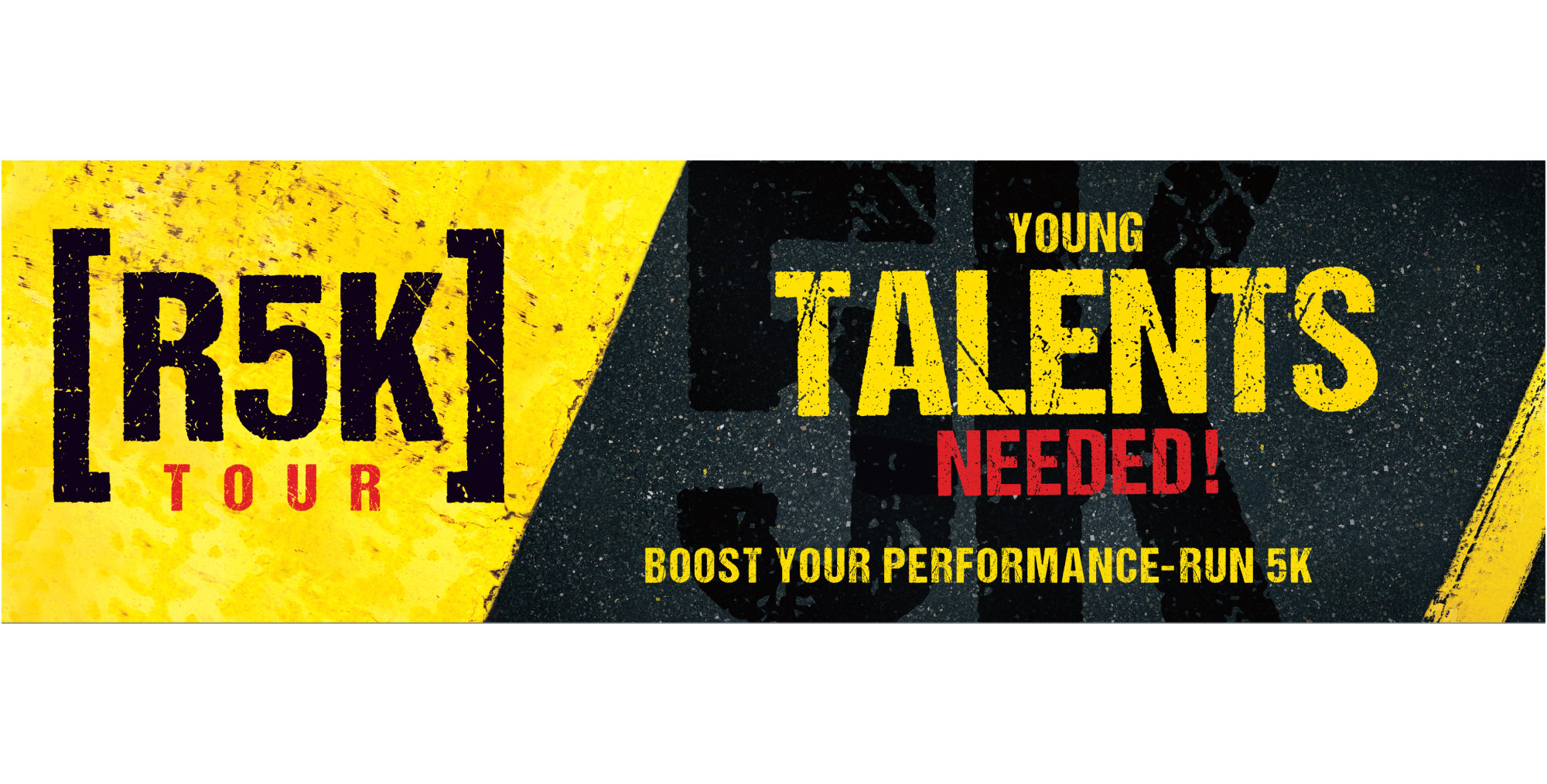





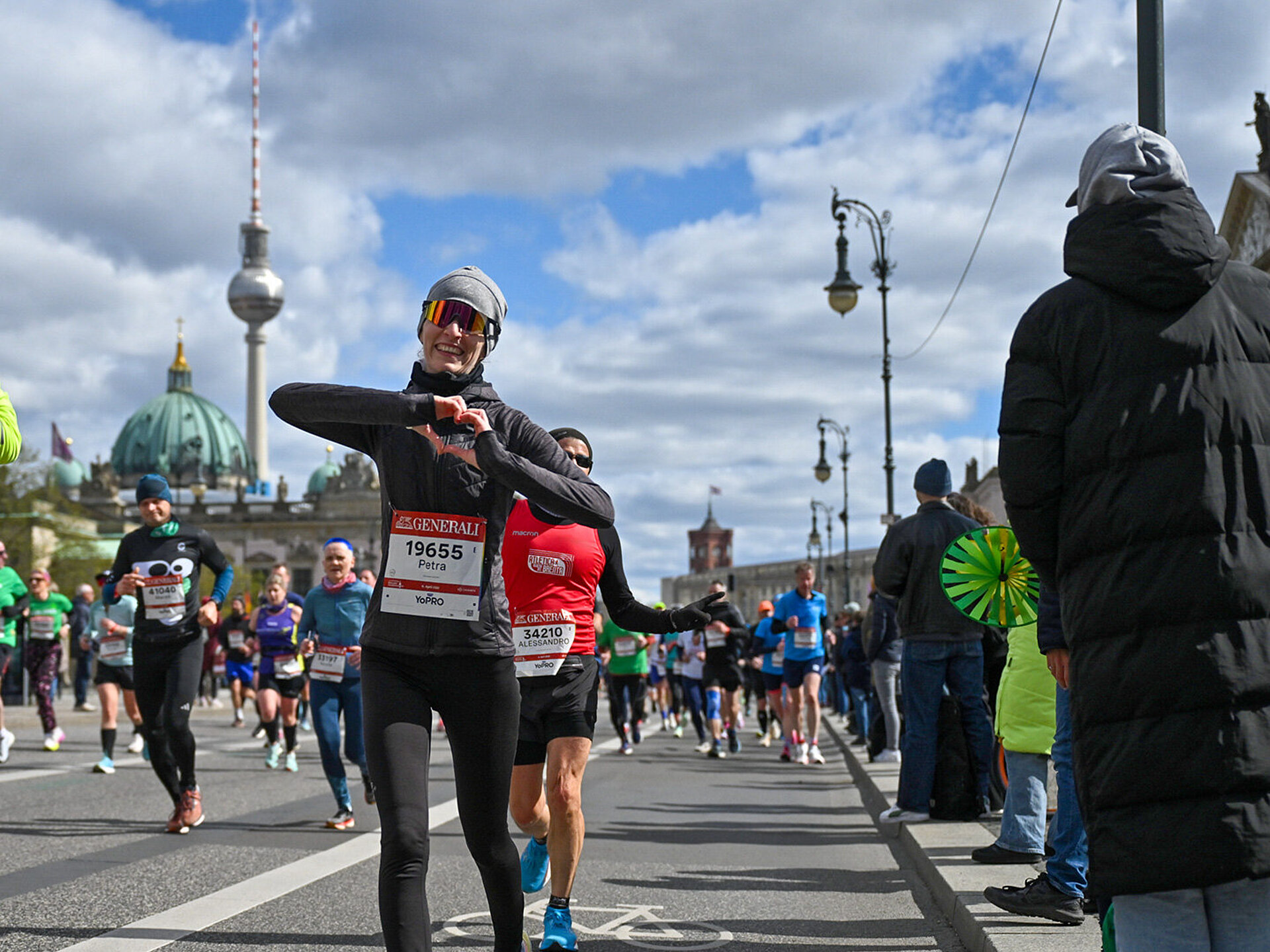
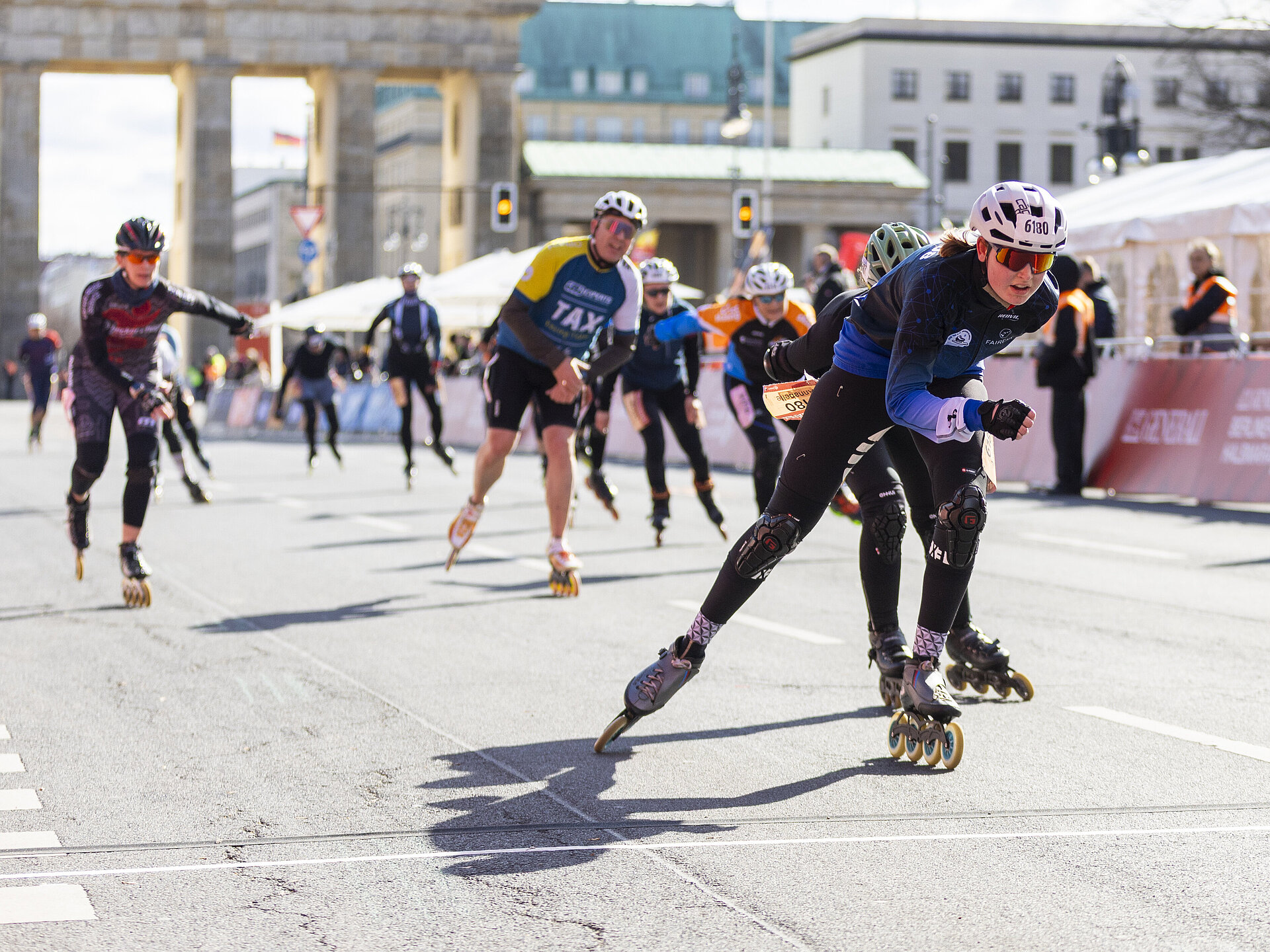
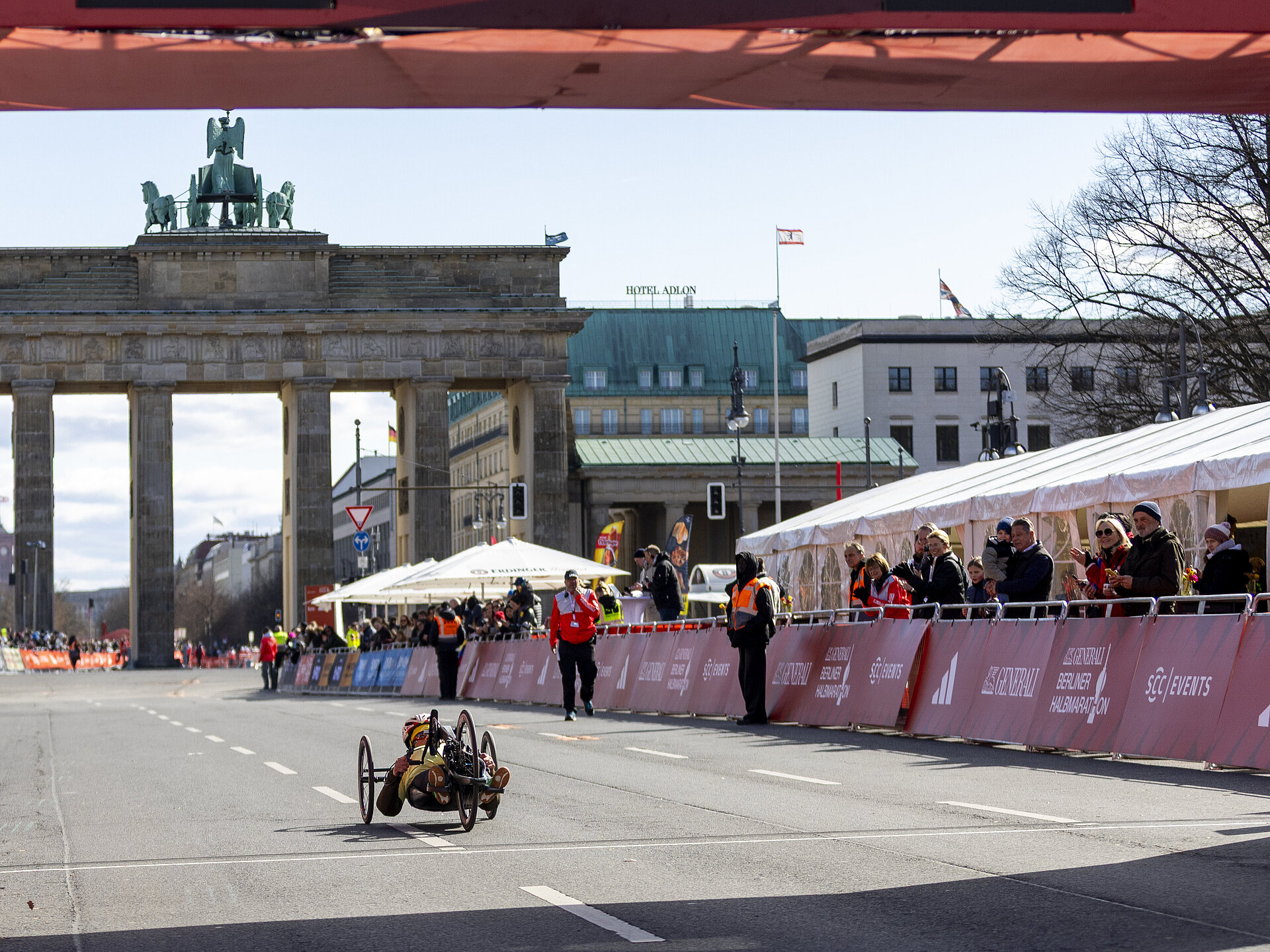
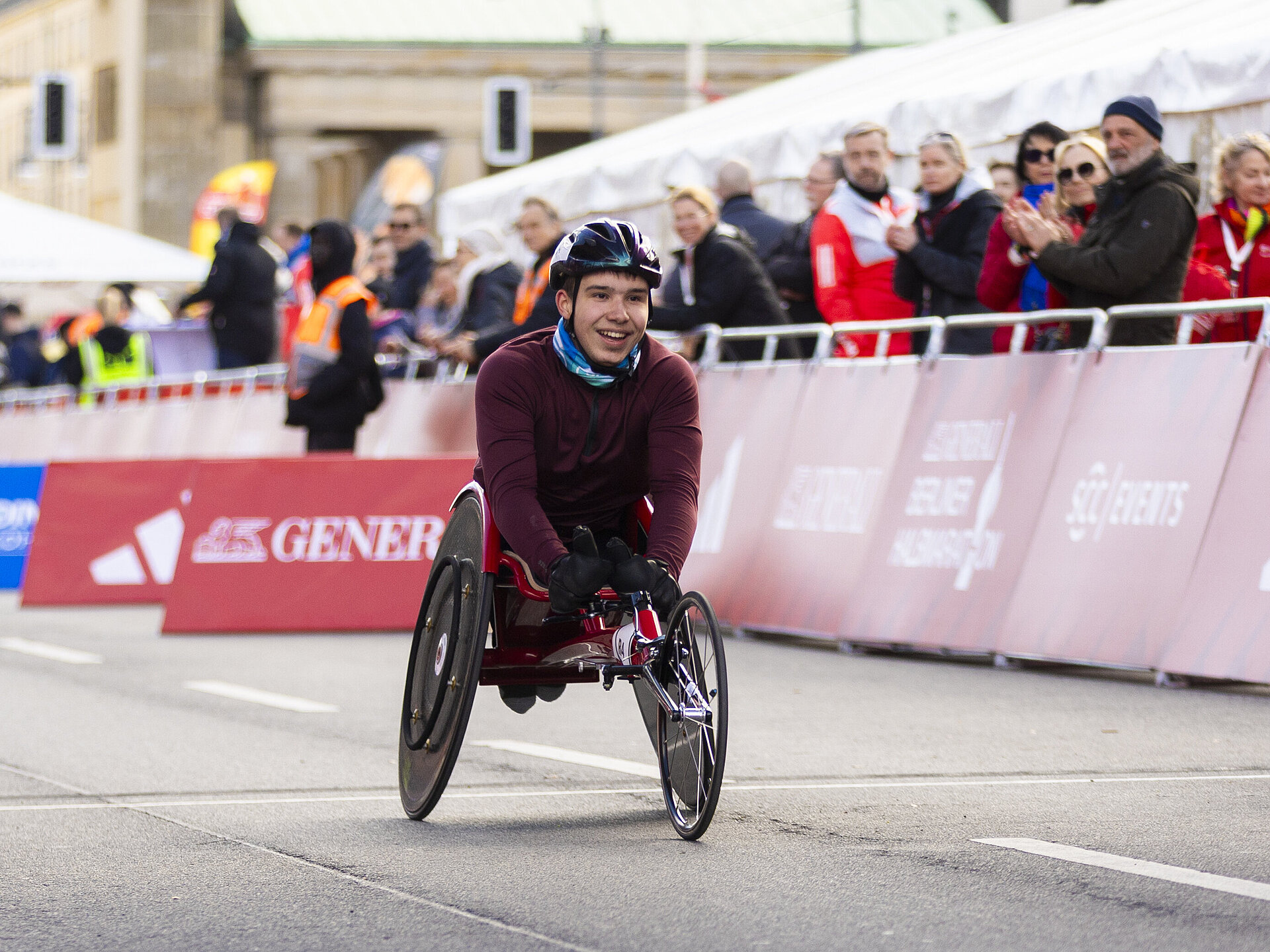







![[Translate to Englisch:] [Translate to Englisch:]](/fileadmin/media/sponsors/Peloton_Wordmark_RGB.svg)